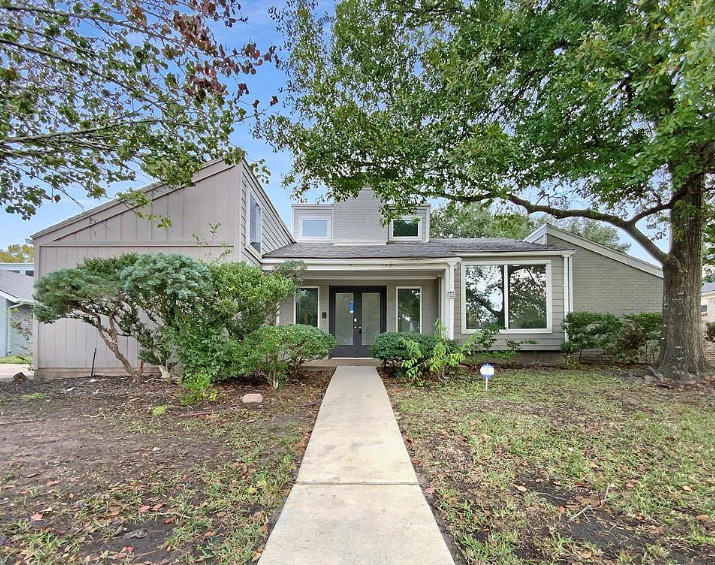In the heart of the bustling city, Evergreen Terrace was an oasis of serenity. Each home had its own character, its own story. But House No. 5 was unique, a relic from a different time. A sprawling bungalow with Spanish-inspired architecture, terracotta tiles, and a courtyard that boasted of a fountain now dry and overrun by ivy.
For decades, the house had been vacant, gaining a reputation as the “forgotten gem” of the terrace. But the city’s old-timers remembered its glory days – when it was a hub of culture, hosting salons where poets, writers, and intellectuals gathered.
When I was tasked with selling it, the challenge was evident. Modern buyers sought convenience and modernity, and this home, despite its charm, needed work. Yet, its beauty was undeniable. The high ceilings, arched doorways, and intricate mosaics spoke of a craftsmanship rare in today’s world.
During an open house, most visitors were polite but uninterested, until Eleanor walked in. A historian with a penchant for restoration, she was enamored. She wandered through the rooms, her fingers tracing the faded frescoes, her eyes lighting up with every discovery.
In the central hall, a massive fireplace dominated, its mantle displaying a Latin inscription. As Eleanor read it aloud, the atmosphere shifted. It felt as if the house itself had perked up, eager to share its tales.
I watched, fascinated, as Eleanor conversed with the space. To her, it wasn’t just a building; it was a tapestry of stories, waiting to be unraveled. She envisioned not just a home, but a revival of its cultural essence.
The deal was swift. Eleanor’s passion was contagious, and the paperwork was a mere formality. But the true transformation began afterward. Eleanor painstakingly restored the house. The fountain bubbled once more, the frescoes regained their color, and the fireplace became the heart of many gatherings.
House No. 5 of Evergreen Terrace was reborn, not as a mere dwelling, but as “Casa de Historia” – a center for history and art. Eleanor’s salons were reminiscent of the old days, attracting a new generation of thinkers, artists, and dreamers.
A year after the sale, I received an invitation to one such gathering. The ambiance was electric, with lively debates, music, and poetry readings. Eleanor approached, gratitude in her eyes, and whispered, “This house needed to be remembered, not just inhabited.”
The echoes of Evergreen Terrace, silenced for so long, now rang loud and clear, a testament to the power of history, passion, and vision.
